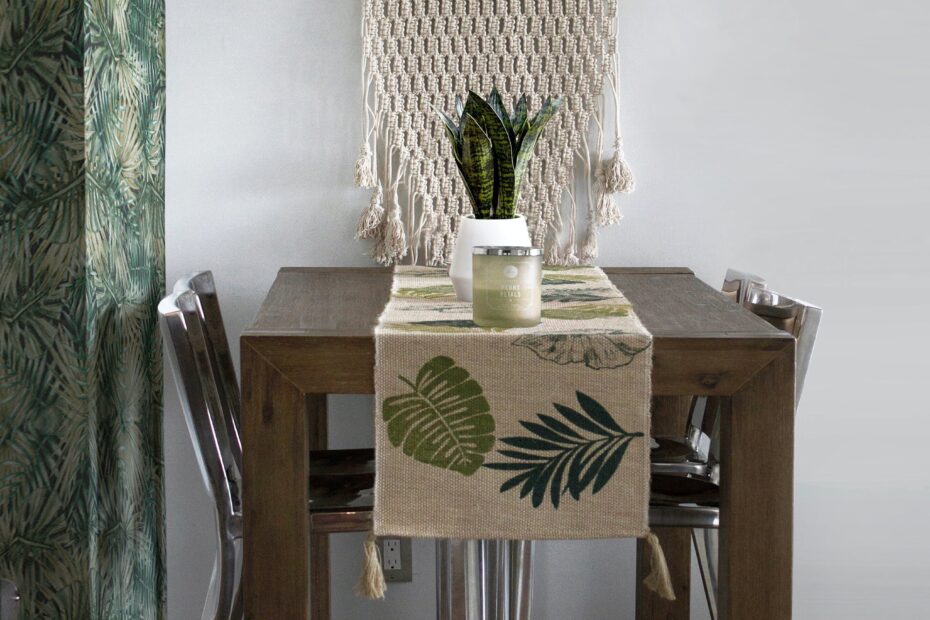Introduction
Welcome to a world where quirkiness and elegance coexist and traditional standards are abandoned. For generations, people have been drawn to bohemian architecture because it embraces unusual design and eccentric beauty. This essay will take you on a journey through the fascinating world of Bohemian architecture, covering everything from its influences and beginnings to its salient features and range of styles. Come along as we examine this artistic movement’s fascinating past, distinctive qualities, and ongoing appeal.
Origins and Influences
We must investigate the roots of Bohemian architecture and the factors that influenced its alluring design in order to fully comprehend it. Bohemia, an area of the modern-day Czech Republic renowned for its rich creative and cultural legacy, is where the term “Bohemian” first appeared. The inflexibility of conventional architectural designs gave rise to the Bohemian movement in the late 1800s.
Bohemian architecture, which was influenced by the arts and crafts movement, championed the concepts of individualism, freedom of expression, and defiance of social norms. It was influenced by many things, including as Orientalism, Art Nouveau, and even the natural environment. This unique blend of inspirations resulted in a style that embraced imagination, unusual materials, and whimsy.
Key Characteristics
Several essential characteristics distinguish bohemian architecture from more conventional forms. Use of unusual materials and recycled items is one of its distinguishing features. Bohemian architecture turns the commonplace into the spectacular using salvaged windows, repurposed wood, and abandoned industrial components.
The emphasis on independence and self-expression that characterizes bohemian architecture is another characteristic. Bohemian architecture, in contrast to more homogeneous forms, frequently features a jumble of hues, patterns, and textures. A visual feast for the eyes and a celebration of personality result from this fearless embrace of diversity and eclecticism.
In addition, the seamless integration of interior and outdoor areas characterizes bohemian architecture, fostering a peaceful relationship with the natural world. A calm and natural living space is created via the use of natural materials like wood and stone, large windows, and open floor plans, which bring the beauty of the outside outdoors inside.
Exploring Bohemian Architecture Styles – Art Nouveau, Eclectic, and Boho Chic
A variety of architectural styles, each with distinct qualities and visual appeal of its own, are included in bohemian architecture. The Art Nouveau architectural movement, which peaked in the late 19th and early 20th centuries, is one well-known example of bohemian architecture. Art Nouveau architecture is a visual joy that perfectly captures the spirit of bohemian elegance. It is distinguished by its flowing lines, complex detailing, and nature-inspired elements.
Eclectic architecture is another style that is included in the Bohemian architectural category. As the name implies, this style blends several architectural components and design influences. Taking inspiration from a wide range of sources. Mixtures of materials, colors, and styles are common in eclectic architecture, which results in a visually appealing and well-balanced whole.
Boho Chic is a new architectural style that has evolved in the field of bohemian architecture in recent years. This look blends modern and vintage components for a more carefree and easygoing vibe. Bright colors, organic textures, and an abundance of plants are common features of boho-chic structures, which give off a cozy vibe.
Bohemian Architecture in Modern Times
Despite its long history, bohemian architecture continues to inspire contemporary styles. The Bohemian movement is a source of inspiration for numerous architects and designers, who incorporate its unique and imaginative spirit into their designs.
Environmentally conscious and sustainable design is becoming more and more important in modern bohemian architecture. Even though modern Bohemian buildings embrace the unique appeal of the design. They also make an effort to reduce their environmental effect through the use of recycled and repurposed materials and passive solar approaches.
Moreover, bohemian architecture has found a new audience with the advent of the tiny house movement and the demand for more minimalist living. Smaller living spaces benefit greatly from the unorthodox and flexible nature of bohemian design. It enables people to construct distinctive and customized houses that express their own sense of style.
The Future of Bohemian Architecture
The appeal of bohemian architecture is only going to grow stronger as we move on. This look will never go out of vogue since it embraces uniqueness, inventiveness, and unusual beauty. It will always enthrall anyone looking to break out of the norm.
Bohemian architecture provides a breath of fresh air in an age of mass production and conformity by encouraging us to embrace our individuality and find beauty in imperfection. It has a bright future ahead of it since it keeps pushing designers, architects, and homeowners to think creatively and make environmentally friendly yet captivating spaces.
Conclusion
The power of unique expression and unexpected beauty is demonstrated by bohemian architecture. This architectural movement has had a lasting impact on modern design, owing to its rebellious beginnings and ongoing influence. Bohemian architecture provides a welcome contrast to conventional norms by embracing eccentric elegance, appreciating diversity. And fostering a sense of connection with the natural world.
Bohemian architecture never fails to captivate people who recognize the beauty in flaws. Whether it’s through the exquisite details of Art Nouveau, the eclectic charm of the Eclectic style. Or the carefree feelings of Boho Chic. It is crucial to embrace our individuality and see the beauty in the unusual as we navigate a world that is constantly changing. Dare to be unique, and let the bohemian architectural spirit to lead you to a more imaginative and genuine way of life.
More on INJ Architects:
